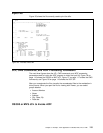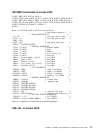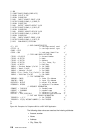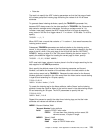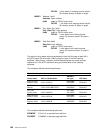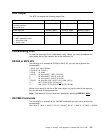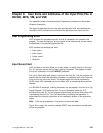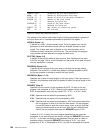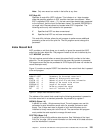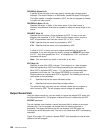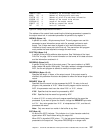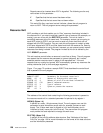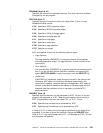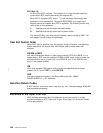
Chapter 9. User Exits and Attributes of the Input Print File in
OS/390, MVS, VM, and VSE
This appendix contains Product-sensitive Programming Interface and Associated
Guidance Information.
The appendix describes the four user exits provided with ACIF and describes the
information ACIF provides to the exits about the attributes of the input print file.
User Programming Exits
ACIF provides four programming exits, so that an installation can customize the
program. The exits are optional, and the names of the modules that can be loaded
are specified in the processing parameter file.
ACIF provides the following four exits:
Input record
Index record
Output record
Resource
Input Record Exit
ACIF provides an exit that allows you to add, delete, or modify records in the input
file. You can also use the exit to insert indexing information. The program invoked
at this exit is defined in the ACIF INPEXIT parameter.
This exit is called after each record is read from the input file. The exit program can
request that the record be discarded, processed, or processed with control returned
to the exit for the next input record. The largest record that can be processed is
32 756 bytes. ACIF does not call this exit when ACIF is processing resources from
libraries.
In a MO:DCA-P document, indexing information can be passed in the form of a Tag
Logical Element (TLE) structured field. For more information about the TLE
structured field, see 36. The exit program creates these structured fields while ACIF
is processing the print file. This is an alternative to modifying the application in
cases where the indexing information is not consistently present in the application
output.
Note: TLEs are not supported in line-mode or mixed-mode data.
Figure 30 on page 124 contains a sample DSECT that describes the control block
for the exit program.
Copyright IBM Corp. 1993, 1999 123



